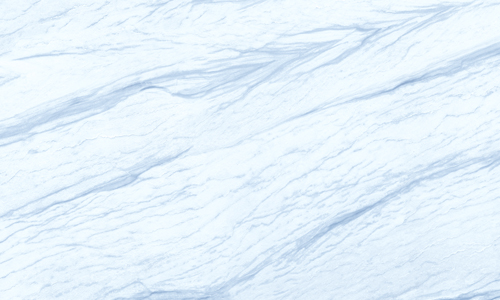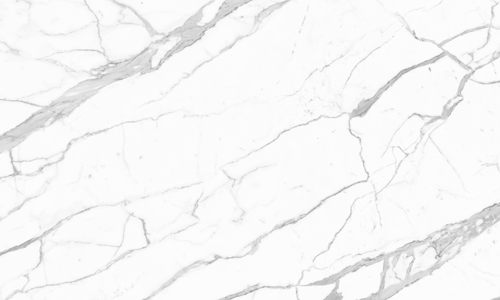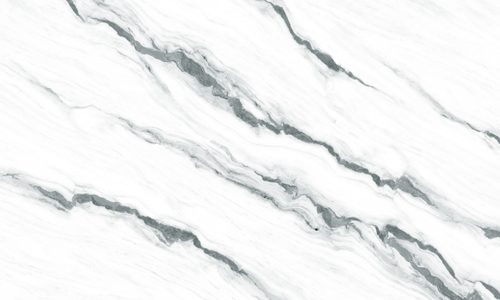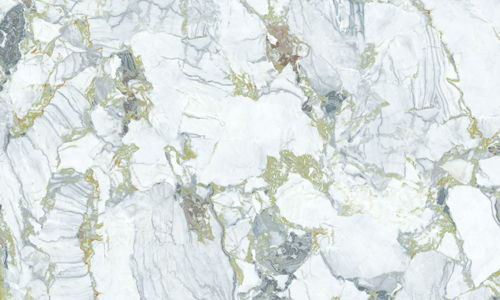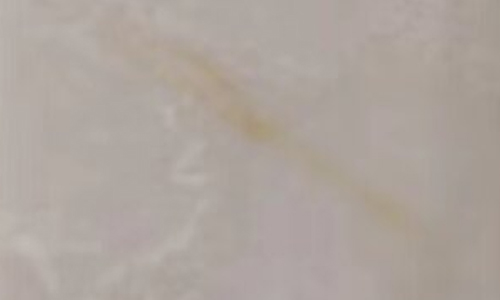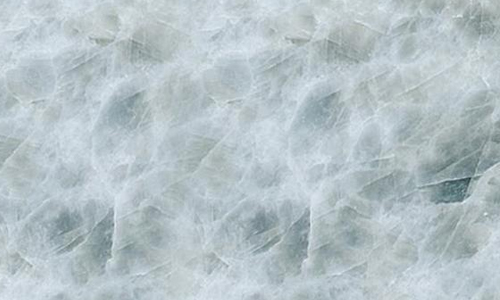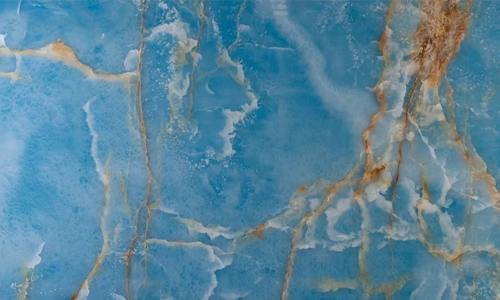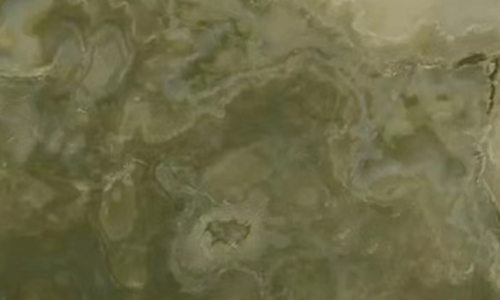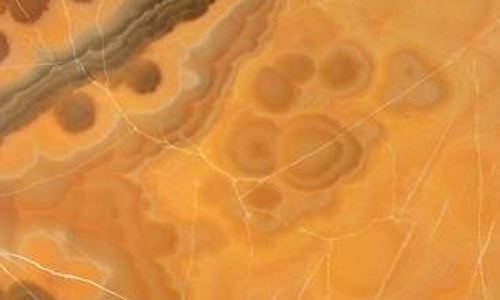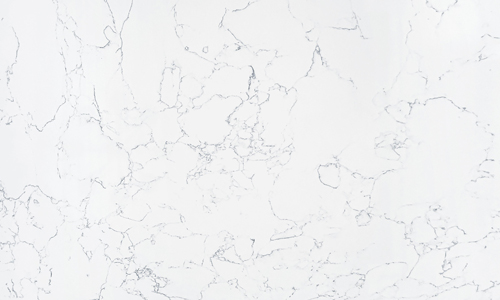The color of the mineral
Its color refers to the color of the mineral containing mechanical mixing with colored impurities, it has nothing to do with the nature of the mineral, so it is called color, such as pure quartz is colorless, if it contains a small amount of manganese oxide, it is smoke or black (smoke crystal). This color changes when the mineral is heated.
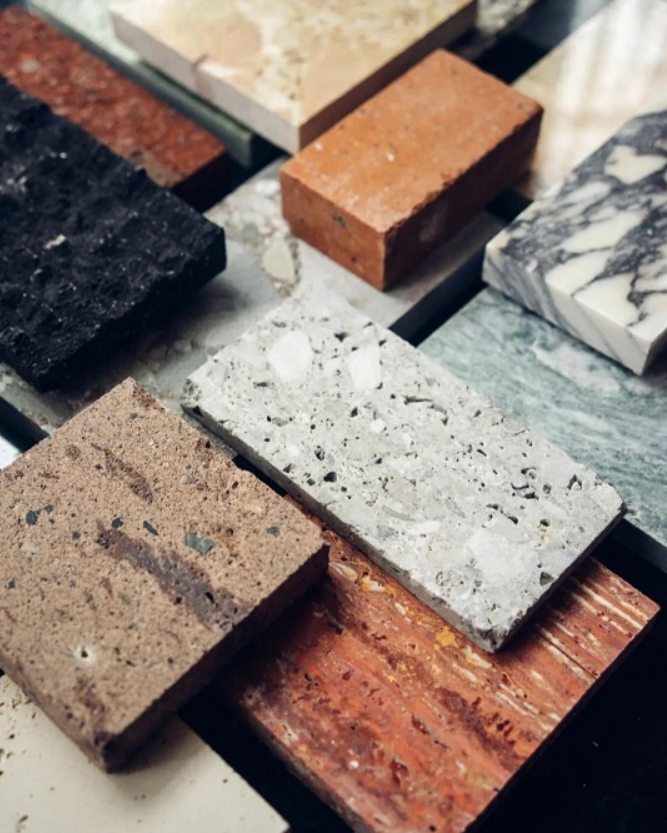
The color of minerals refers to the oxide film on the surface of minerals, internal cleavage or cracks, films, inclusions, etc. caused by the interference of light waves and the color is called false color, such as calcite, due to cleavage development, cleavage in the face of light reflection interference, some form a rainbow color map, become halo.
The color of stone is based on these principles.
The cause of the color of some decorative stones
In terms of the color of the rock, the situation is more complicated, caused by infiltration of dyeing elements, and the decorative stone is no exception, such as light gray to nearly black marble, which may be due to the rock contains unequal amounts of organic matter and usually associated with fine dispersed heavy metals (mostly iron, followed by copper, aluminum, etc.) sulfide.
In the process of processing, a odor (sulfide) is emitted, and a thin layer of oil flowers float on the stone pulp, sometimes the polished surface of the board will appear the markings of a strong fossil leaf, various shades of red, brown, purple, brown, yellow, usually due to the water containing iron oxide (water hematite, hematite, water goethite, limonite, etc.). Such as Anhui Lingbi "red Anhui snail" marble.
Purple is generally due to a certain proportion of iron oxide and manganese oxide caused by green, grass green is mostly due to the presence of iron oxides and silicon magnesium compounds and other minerals (glauconite, chlorite, serpentine, followed by hornblende, diopside, olivine, garnet, actinite, epidote) caused by, sometimes also due to copper or complex compounds, Such as green marble is generally containing serpentine rock, serpentine marble, serpentine dolomite, serpentine peridotite, etc., they are characterized by low iron oxide (FE00.07%-2.03%), the molecular formula of serpentine stone is MG6[SI4O10] (OH) 8, the composition is mixed with FEO, FEO2, FE2O, and so on. NIO crystal, usually a dense block of strong body, its color for various shades of green, dark green, dark green, yellow green, light green, often snakeskin green, green markings, so the name, visible in the marble green.
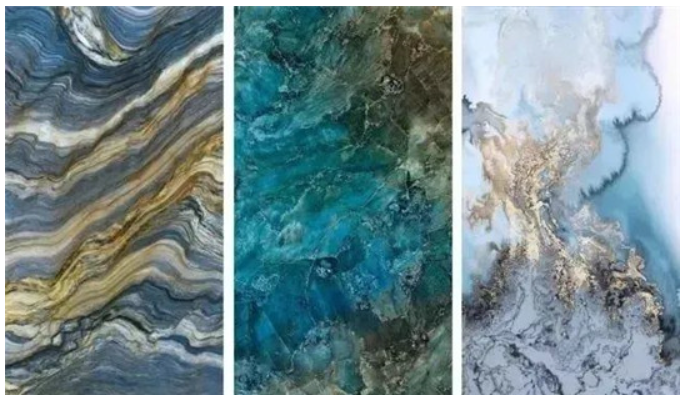
The color of granite is mostly caused by the color of rock-making minerals, the basic composition of granite minerals are quartz, feldspar, hornblende, pyroxene, olivine and biotite, the former two are light-colored minerals, when the content of dark minerals is less than 1%, the formation of white granite (white rock), such as dark minerals gradually increase, The formation of gray or gray series of granite, the former such as Fujian "Quanzhou white". The latter is like "sesame ash" in Huanggang, Hubei Province. If the dark mineral is increasing, the tone is darker.
Feldspar varieties have a great impact on the color of granite, generally plagioclase stone is white, so plagioclase when the majority of rocks are different shades of gray and white, gray, but it should be pointed out that when the feldspar increases in granite, it shows blue, green, purple, golden and other colors in its specific direction, the value is higher, if the potassium feldspar increases, it is pink, red, Such as "Taoyuan red", most of the red stone at home and abroad is so.
In addition, the dry and wet degree of the rock will also cause changes in color, wet deep, dry light, so the stone work commonly used wet water to identify color, mineral composition and structural structure, different degrees of polishing also affect the color, mirror color deep, rough surface color light, the freshness of the rock is also related, fresh color deep, weathered light, We usually refer to the color of the decorative stone refers to the color of polishing.
Why does the stone fade
1. Marble is mainly composed of calcite, dolomite and other minerals, the former is often the majority, calcite molecular formula is CaCo3 and marble is CaMgCo3, all of which have carbonate [CO3]; Ions, he is more active, easy to interact with sulfur dioxide in the air, forming stone (CaSO4).2H2O, this gypsum is turbidized particles, calcite easy to interact with water, forming calcium bicarbonate dissolved in water (CaHCO3) 2, after the loss of water into calcium carbonate (calcite) (karst caves in limestone areas, Stalagmite, stalactite is formed in this way), especially open-air stone should not choose marble is this reason, as the exterior wall decoration marble, generally after 2-3 years of color will be diluted.
2. Granite will not fade this question is often put forward by buyers, relative to marble, granite can be said "never fade", but in the long run, granite or to fade. It's just time.
Granite can be made of rocks are mainly magma. Such as feldspar, quartz, pyroxene, hornblende, mica, etc., in the structure of these silicate minerals, each silicon ion is surrounded by four oxygen ions, four oxygen ions are distributed at the top of the four corners, forming the silica tetrahedron, which is the basic structural unit of the silicate, the property is quite stable, strong acid resistance, difficult to dissolve, weathering resistance, no discoloration, unlike marble. It reacts with acid in the air to form a cloud of gypsum particles that attach to its surface, causing it to fade.
But there is no absolutely stable material in nature, and rocks are no exception, and mountains will be flattened, let alone granite.
Rocks are composed of minerals, which for various reasons, such as hydrothermal action, weathering, can become other secondary minerals, such as potassium feldspar, mica, amphibole into kaolin, limonite, pyroxene often into epidote, chlorite or calcite, olivine into serpentine, magnesite, after these changes, of course, the color of the rock has to change, but this process is quite long. Some are not what we can observe in the short experience of life, in fact, until this change, the color is already changing.
About Us
Jessie
Fortune East Stone
📧 Email: sales08@fortunestone.cn
📞 Phone: +86 15880261993
🌐 Websites: www.festonegallery.com | www.fortuneeaststone.com

